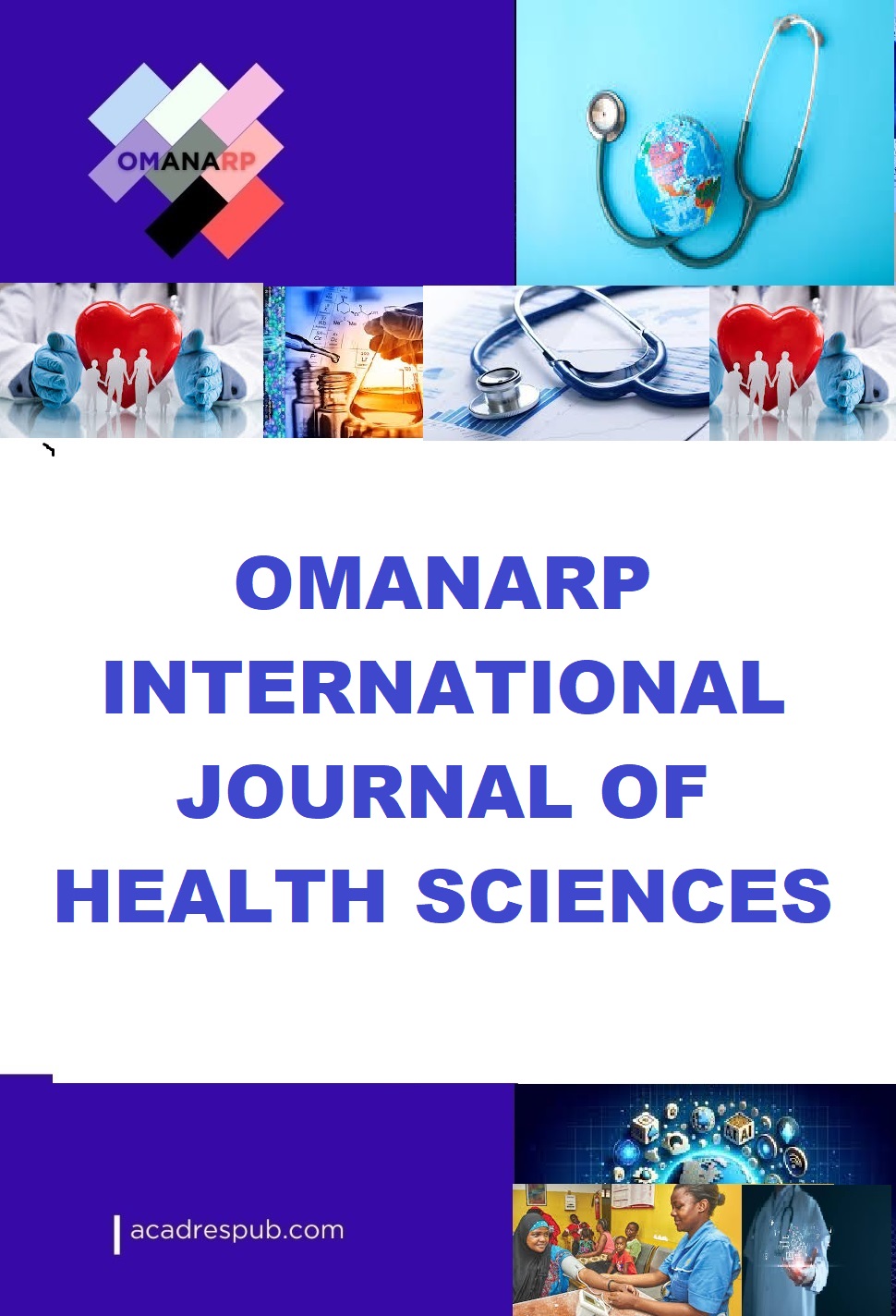CHILDHOOD ORGANOPHOSPHATE AND CHEMICAL POISONING: EVALUATING EMERGENCY ROOM TRENDS IN NIGERIA AND THE UK THROUGH A PUBLIC HEALTH PERSPECTIVE
Abstract
The worldwide public health challenge of pediatric chemical poisoning remains critical since it can be prevented yet it affects low-and middle-income countries at a higher rate. Childhood exposure to hazardous chemicals becomes more likely because of their particular physical and behavioral makeups and environmental and regulatory elements. This research analyzes pediatric chemical poisoning patterns and causes alongside healthcare treatment and public health intervention strategies which operate in Nigeria and the United Kingdom through secondary analysis using mixed research methods at a desk-based level. The research utilized World Health Organization injury prevention framework to collect data from hospital-based surveillance studies together with national health statistics and peer-reviewed literature spanning from 2010 to 2024. The analysis compared more than 350 pediatric poisoning cases from Nigerian healthcare facilities against 400 cases from UK institutions regarding exposure agents and demographic patterns as well as healthcare system responses and regulatory frameworks.Nigerian toxic agents primarily comprised organophosphates and kerosene and caustic soda because of improper storage habits and insufficient regulatory oversight. The main poisoning substances in the United Kingdom consisted of household cleaning products, pharmaceuticals and carbon monoxide while inadequate safety practices persisted despite strict chemical regulations. The youngest group of children under five years old showed the highest rates of poisoning across both countries and had slightly more male patients than female patients. TheNigerian healthcare system displayed considerable weaknesses because it lacked quick emergency services along with inadequate toxic treatment medications and lacked trained toxicologists. The United Kingdom had enhanced emergency response capabilities along with better toxicovigilance monitoring yet low-income residents still faced health care inequalities. The findings emphasize the necessity for better systems of toxicovigilance alongside reinforced chemical restrictions and programs that both teach the public at the communal level and build up the healthcare network especially for underserved areas. Global public health coordination serves as the vital foundation to minimize pediatric chemical poisoningthat could be prevented





